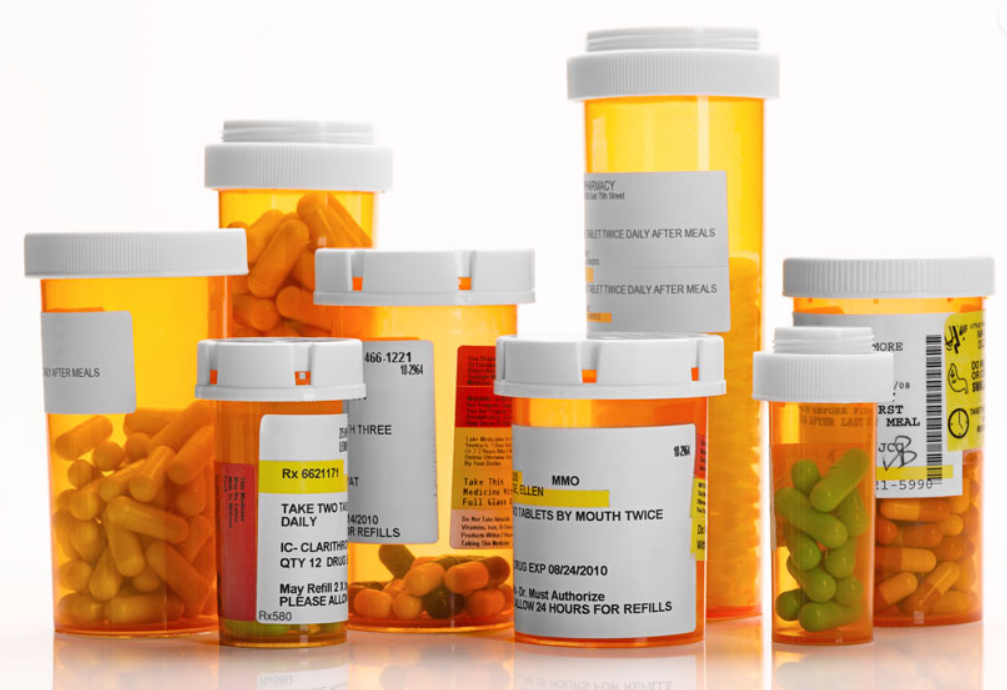For drivers, the most important safety feature is YOU – the driver!
Each time you turn the key, you are responsible for your own safety, as well as the safety of all the people who share the road with you.

Let’s talk Medications on the truck!
How to Read a Prescription Label
It is critical to know how medication could make you feel and how it can impact your driving ability and routine. Many people receive a prescription and do not fully understand their medication. When our doctor writes you a prescription, it is very important to ask the six basic questions about the medication:
- Why am I taking this medication?
- How much should I take?
- When should I take it?
- How should I take it?
- What should I do if I miss a dose?
- What are the possible side effects?
If you are a commercial motor vehicle driver, you also need to know how the medication will affect your ability to drive. Receiving answers to these questions will help you gain a better understanding of how to read your prescription label(s).
Most importantly, know how the medicine could make you feel and how it could affect your daily driving routine. Staying safe is an essential part of managing your health.

Medication Interactions
Did you know medication interactions can occur when you take two or more medications at one time or on the same day? It doesn’t matter whether the medication is prescribed, over-the-counter, or herbal.
For instance, blood pressure medications may cause side effects associated with food intake. If you eat or drink grapefruit products while taking certain blood pressure medications, you may experience an increased heart rate or blood pressure changes and/or increased side effects such as facial flushing, headache, or dizziness. Therefore, it is important to inform your healthcare provider of any over-the-counter medications you may be taking.

